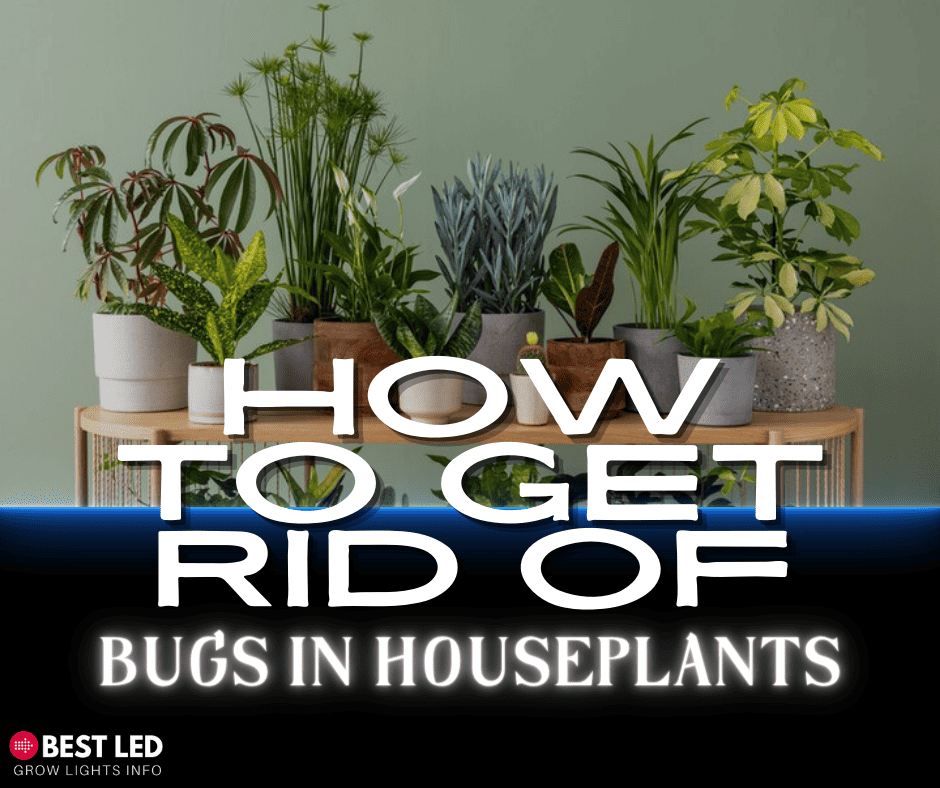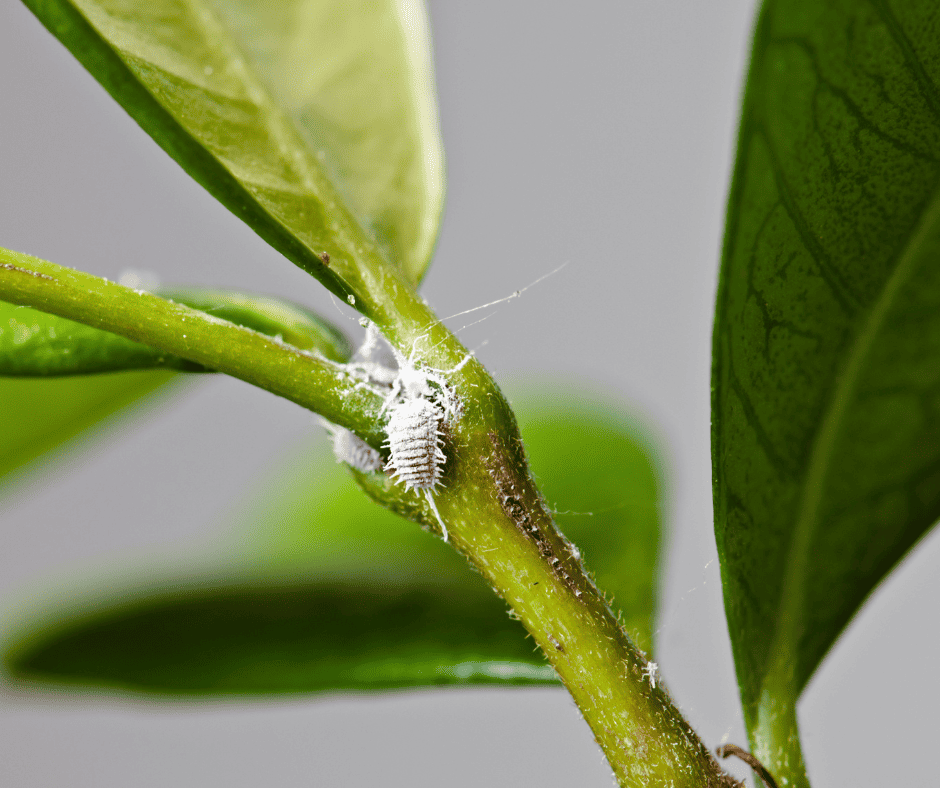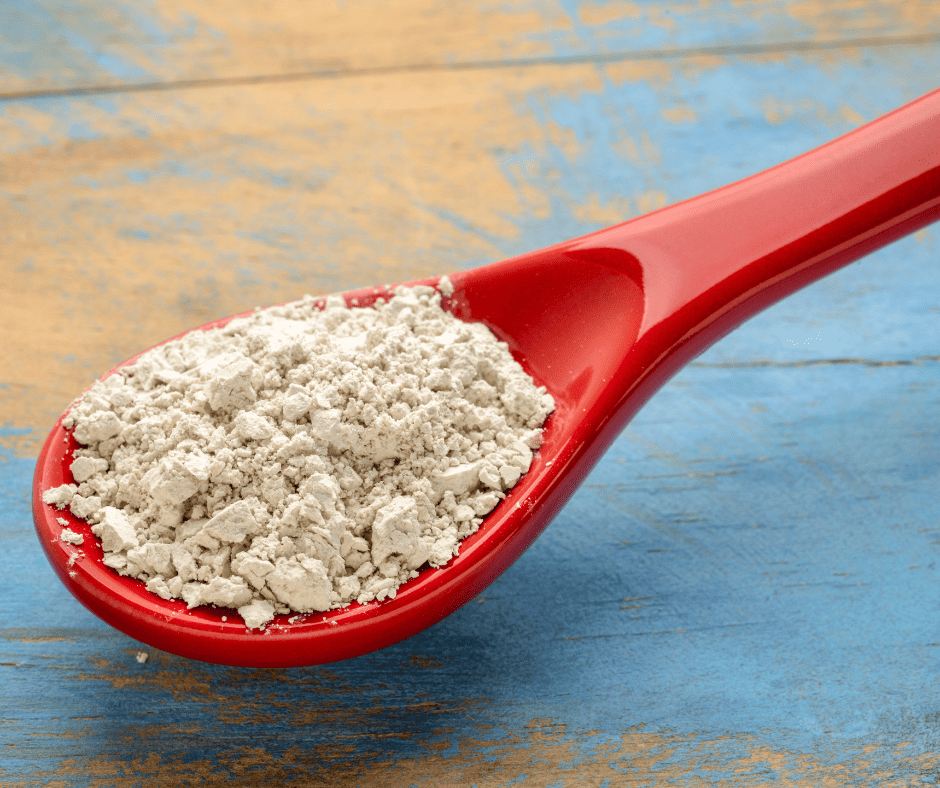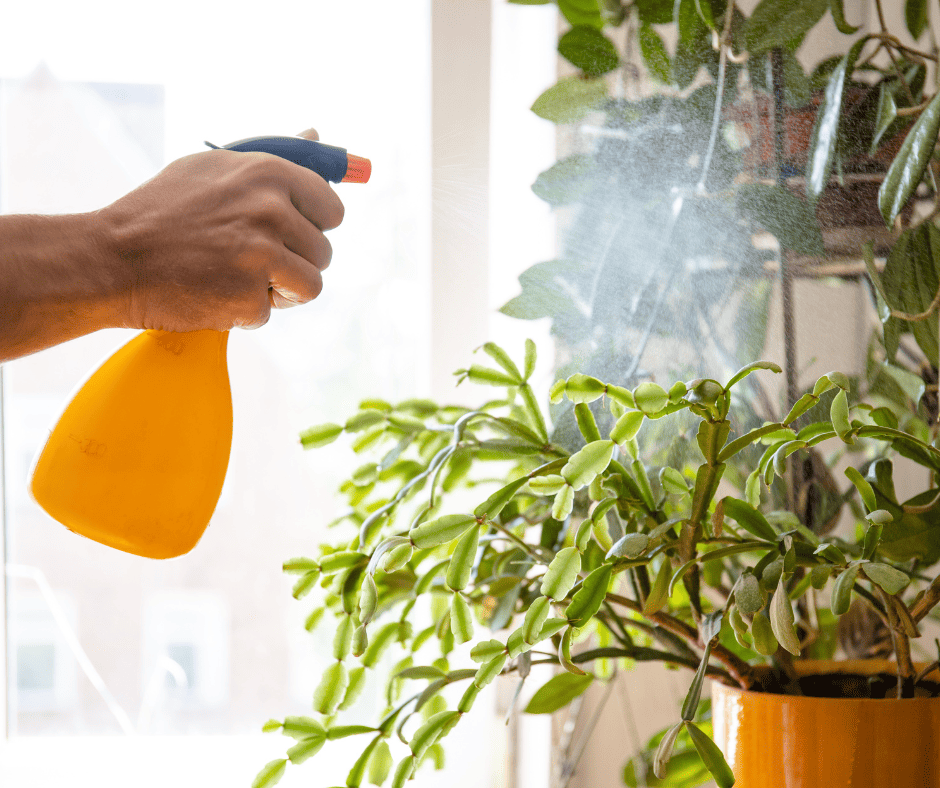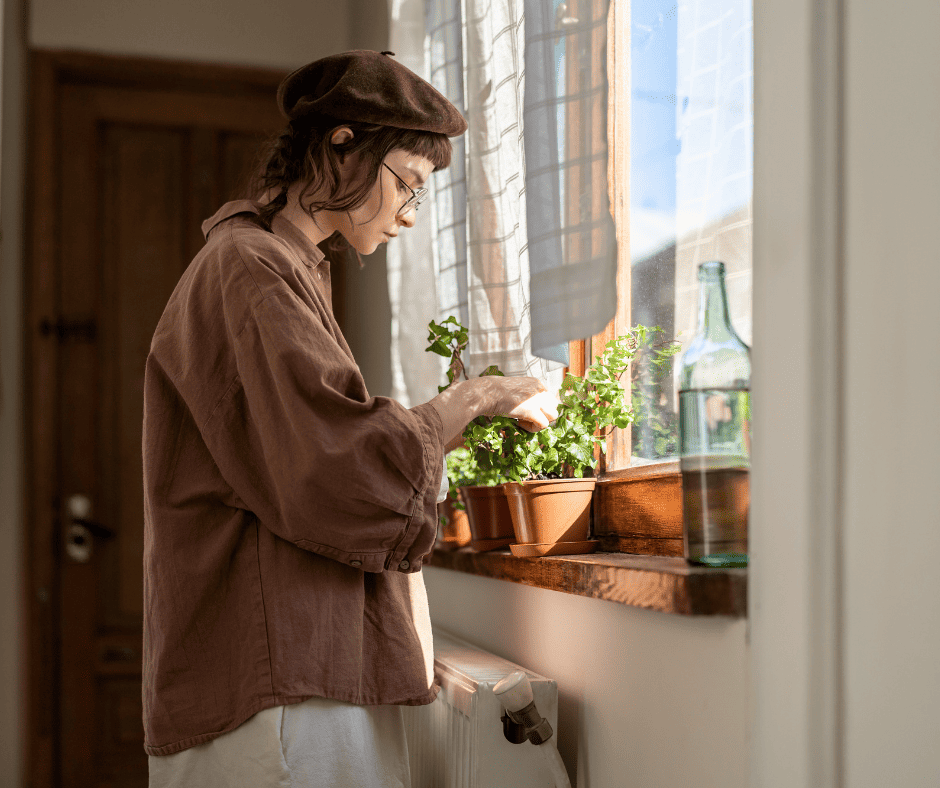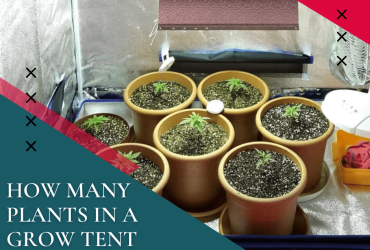How to Get Rid of Bugs in Houseplants
When I first began building my houseplant collection – as well as starting seeds indoors for my outdoor garden – there was one thing I didn’t expect: pests. After all, if the plants are inside, pests shouldn’t be an issue, right? Wrong. Imagine my horror when I spotted bugs crawling across leaves or making their way through the soil the first time. I guarantee the first thing on my mind was figuring out how to get rid of bugs in houseplants fast.
Fortunately, there are plenty of ways to tackle houseplant pests. However, what you need to do can vary depending on the type of bugs present. If you want to get the job done as quickly as possible, here’s what you need to know.
Why Are There Bugs on Your Indoor Plants
Bugs are more common in houseplants when the plant is stressed or unhealthy. When they aren’t doing well, changes can occur that actually attract pests.
Additionally, indoor plant pests can happen if the houseplants aren’t cared for correctly. For example, while slightly moist soil is often okay, overwatering can lead to fungus gnats. High humidity or low air circulation may also bring in bugs. If your indoor plants produce fruit and fallen pieces are left to sit, you can also end up with pests like fruit flies.
However, sometimes your plant just seems like a nicer place to hang out than other locations in your home. For instance, a single house spider on a houseplant doesn’t necessarily mean trouble, as the plant may simply be a nice place for a web. Some flying bugs may hop onto your plant to rest without doing any harm, too.
But if the bug is causing damage, swift action is necessary to keep your indoor plants in good condition. Plus, you want to act before the plant becomes heavily infested, as that’s a far harder issue to correct.
How to Identify Common Houseplant Pests
Aphids
Aphids are little white, yellow, pink, brown, black, gray, or green bugs that feast on leaves and stems, often causing stunting, curling, misshapen, or yellowing leaves. They’re usually a bit pear-shaped with long antennae and are small, typically less than 1/8 inch long. Additionally, they can have wings or be wingless.
Fungus Gnats
Fungus gnats typically look similar in shape to mosquitos and generally are about 1/8 inch long when fully grown. In most cases, they have a black or grayish color, and there’s a Y-pattern on their smoky-hued wings. They favor moist, humid conditions and are generally found in the soil. However, they can make their way onto other parts of the plant, too.
Mealybugs
Mealybugs are usually a pinkish-purple or soft gray color, and they’re usually no more than 1/5 inch long. They’re generally oval-shaped and, due to a waxy coating, may look like they have many legs surrounding their bodies. They commonly eat sap near stem joints, causing the joints to weaken.
Scales
Scale insects can look like a circular bump on part of the plant, and they’re not highly mobile, which makes them easy to miss if you only have a few on a plant. Their bodies are usually slightly elongated ovals, and they can range in color from a soft white to brown, and adults have hard shells. These pests feast on sap, harming leaves and stems as they eat.
Spider Mites
If you’re seeing what looks like cobwebs on the stems and leaves of your houseplants, it could be a sign of spider mites eating sap from leaves and stems. Spider mites are a type of arachnid, but they don’t look like tiny spiders, even though they’re related. While they do have eight legs, their bodies are oval, and they’re usually brown, green, translucent, or orangey red. However, seeing them is tricky, so they may look like moving dots to the naked eye. Since that’s the case, the webs are usually the clearer sign.
How to Get Rid of Bugs in Houseplants
Isolate the Plant
While isolating an infested plant won’t eradicate the bugs, it prevents them from spreading. If you see signs of pests, quarantine the affected plant immediately, and leave it separated from other houseplants for at least a few weeks after the bugs are gone.
Clean the Area
While most of the pests might stay on the infested houseplant, some may wander. After isolating the plant, thoroughly clean its original spot. Rubbing alcohol can be a great option for sterilizing an area, but it can damage some surfaces, so choose a cleaner that works best for the material you’re cleaning.
Insecticidal Soap
For soft-bodied houseplant pests, insecticidal soap can work well. Commercial options are available, though you can also make your own if you prefer. Just 1 tablespoon of liquid dish soap that’s free of bleach, ammonia, degreaser, dyes, and fragrances mixed in ¼ cup of vegetable oil works well. Place the soap in a spray bottle and lightly coat the plants weekly to combat the pests.
Diatomaceous Earth
Diatomaceous earth essentially dries out bugs and larvae, and it’s easy to apply to the soil of your houseplants to tackle pests. Just make sure to choose a food-grade version, especially if your indoor plants produce fruits or veggies, you plan to eat.
Neem Oil
Neem oil comes from a tree nut and is an effective option for dealing with pests. Usually, it comes in a convenient spray bottle, too. Just review the manufacturer’s directions, and you’re well on your way toward pest-free houseplants.
Essential Oils
Specific essential oils repel pests. Tea tree and peppermint oil are two examples, but they aren’t the only ones. You can make a pest repellent by mixing one tablespoon of a pest-repelling oil with a cup of water. Mix it in a spray bottle and spritz away.
How to Prevent Houseplant Pests
Check Plants Before You Buy
Pests on houseplants can spread fast. While many garden centers use preventative sprays or treatments to keep them at bay, they aren’t guaranteed to keep the plants bug-free. So, when choosing a new plant, examine it carefully. Look across the tops and bottoms of the leaves, the stems, the flowers, and the soil.
If you see anything suspicious, get your new plant elsewhere. But even if you don’t, you might want to apply a preventative measure after purchase, just to be safe.
Quarantine Your New Houseplants
Even if a new houseplant looks fine, keep it away from your other indoor plants for at least two weeks. That way, your current houseplants won’t be at risk if you didn’t spot a well-hidden pest or the issue was deeper in the soil.
Don’t Reuse Potting Soil
Many people assume that potting soil from a previous planting won’t have pests if it’s been without a plant for a while, but that isn’t true. Many bugs and larvae can do just fine without a plant in the soil, and without the plant, they’re often harder to spot. As a result, it’s best to only use fresh potting soil when repotting or planting.
Properly Care for Your Plants
When your plants are healthy, they’re more resilient against pests. Make sure you water them correctly and use a homemade plant food or commercial product to keep nutrient levels right.
Additionally, take advantage of grow lights if there isn’t enough natural sunlight in your home. Along with supporting the health of your houseplants, they can promote plant growth, ensuring they’ll thrive indoors.
Frequently Asked Questions
What Is the Fastest Way to Get Rid of Bugs on Plants?
Options like insecticidal soap and neem oil are relatively quick, but you can speed up the process with some manual removal. Cotton swabs dipped in rubbing alcohol can work in some cases, and you can use sticky traps to capture flying pests.
For soil-based pests, removing and replacing the top couple of inches of soil can help, too. Replace it with fresh potting soil, consider sprinkling on some diatomaceous earth, and add a layer of fine sand to the top to limit future infestations.
Why Are There Bugs in My Plant Soil?
If you’re seeing bugs in your soil, fungus gnats are most likely to blame. Typically, they occur when moisture levels are too high. If they are present, allowing the top inch or so to dry out for a short period can help limit the infestation and add a layer of sand or some diatomaceous earth. Then, moving forward, limit watering to ensure the soil doesn’t get overly damp.
Will Vinegar Kill Bugs on Plants?
Vinegar may kill bugs on houseplants, but it can harm your plants, too. Vinegar is commonly used as a natural weedkiller, but it’s nonselective. As a result, it can damage any plant it touches, so it’s better to use another option.
How Do You Get Rid of Indoor Plant Bugs Naturally?
There are many natural options for dealing with houseplant pests. Diatomaceous earth is naturally-occurring, as well as non-toxic. Food-grade versions are even okay for gardens that produce fruits and vegetables.
Some natural dish soaps are another potential option. Similarly, high-quality essential oils are generally viewed as natural. Neem oil is also naturally-occurring, so it’s worth considering, too.
Will Soapy Water Damage Houseplants?
Soapy water can harm plants if the soap contains bleach, degreasers, ammonia, fragrances, or artificial colors. If you are using soap to deal with pests, choose a dish soap without any of those present.
What Types of Houseplants Repel Insects?
Certain plants do naturally repel pests. Herbs like mint, basil, rosemary, and sage are prime examples. Having some citronella around can also help, as well as flowing plants like marigolds or lavender.
Enjoyed this post? Pin it!
